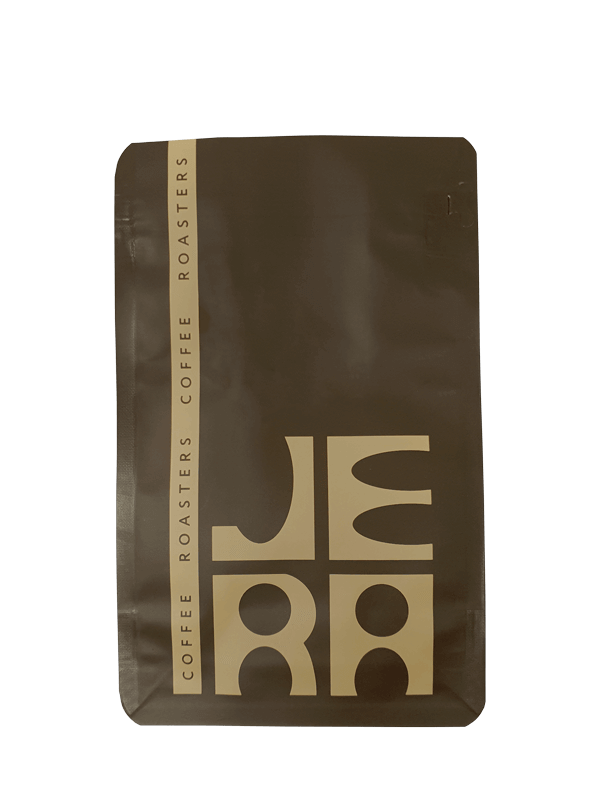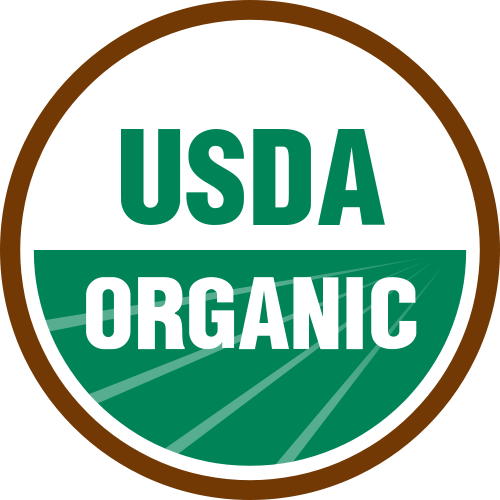קפה קולומביאני | Huila, Mil Granos de Oro farm
קפה קולומביאני
גוף בינוני-קל, מרירות נמוכה, מתיקות מאוזנת וחמיצות נעימה של ענבים והדרים עם סיומת שוקולדי. מצוין כקפה פילטר יומיומי
₪50.00 – ₪200.00
ברכישת כל סוגי קפה קלוי בסכום:
בין 600 ש"ח ל-1000 ש"ח עם קוד קופון "15%" תקבלו 15% הנחה
בין 1001 ש"ח ל-1500 ש"ח עם קוד קופון "25%" תקבלו 25% הנחה
מעל 1501 ש"ח עם קוד קופון "30%" תקבלו 30% הנחה
משפחת מסיאס מתגוררת באזור המרכזי של וילה, קולומביה. שלושת האחים – פרני, נלסון ואוסקר מסיאס – מנהלים את ייצור הקפה בשתי חוות: לה סחה (La Ceja) ו־מיל גראנוס דה אורו (Mil Granos de Oro).
חוות לה סחה נוסדה בשנת 1999 ומשתרעת על פני 33 הקטארים. היא בבעלות אימם, אליסיה, ומתוכם 22 הקטארים מוקדשים לגידול קפה, בעיקר מזנים כגון קסטילו (Castillo), קולומביה, F6 וקטורה (Caturra). החווה השנייה, מיל גראנוס דה אורו, ממוקמת לא רחוק מהחווה הראשית ומשלימה את פעילות ייצור הקפה של המשפחה.
בשתי החוות קיימת תשתית מתקדמת לעיבוד הקפה, כולל מיכל קבלת פירות, בריכת ציפה, מרקיזת ייבוש וחממה. בנוסף, החוות משמשות לניסויים שונים בשיטות עיבוד, כולל תסיסה משולבת של קפה עם פולי קקאו.
קפה מקולומביה
קולומביה היא מדינה הררית, עם גבהים שמגיעים עד 2,200 מטר מעל פני הים. הקפה גדל במדרונות תלולים, ולכן יש לקטוף אותו כולו ביד. המדינה נמצאת ישירות על קו המשווה, ובשילוב עם טווח הגבהים הרחב שבה, ניתן לקצור קפה כמעט כל השנה. רוב הקפה הקולומביאני מגודל בחוות קטנות שבבעלות חקלאים עצמאיים — גודל ממוצע של חווה הוא רק 3 דונם. רבות מהחוות ממוקמות ביערות הרריים, שם הקפה גדל בצל עצים, והגישה אליהן יכולה להיות קשה מאוד. לעיתים קרובות אי אפשר להגיע אליהן ברכב, ולכן חקלאים רבים משתמשים בסוסים או חמורים — שיכולים לעבור במקומות שרכב אינו מסוגל.
האקלים הלח והטמפרטורות הנמוכות בגבהים הגבוהים גורמים לכך שעיבוד רטוב (washed) הוא השיטה הנפוצה ביותר לעיבוד קפה בקולומביה.
קולומביה היא יצרנית הקפה השלישית בגודלה בעולם. חוות הקפה במדינה ממוקמות באזורים הרריים, בטווח גבהים של בין 1,000 ל-2,300 מטר מעל פני הים. בזכות טווח הגבהים הרחב הזה, קולומביה מציעה מגוון רחב של פרופילים לקפה — מקפה קליל ופרחוני ועד קפה עשיר ושוקולדי.
קפה בעיבוד רטוב
שיטה זו פופולרית במיוחד בקניה, אתיופיה וקולומביה. היא כוללת הסרה מוקדמת של הקליפה החיצונית של דובדבן הקפה במהלך תהליך העיבוד. תסיסה יכולה להתרחש עם או בלי שאריות המעטפת הפנימית (המוך), אך בדרך כלל מסירים את המוך והפולים נשטפים היטב במים כדי להסיר את השכבה הדביקה (mucilage) שנמצאת בין הקליפה הפנימית לקליפה החיצונית של הפרי.
קפה בעיבוד שטוף מתאפיין בחמיצות בולטת, ניחוחות של הדרים ואופי אלגנטי. שיטה זו מניבה תמציות קפה נקיות, חדות ובהירות, שמדגישות את הצלילות והעוצמה של טעמו של הקפה.
פייר טרייד (Fair Trade)
מטרת הסמכה זו היא לתמוך בתנאי עבודה ושכר הוגנים בחוות במדינות מתפתחות. באופן מסוים, היא מקדמת סחר הוגן, ולא מתייחסת רק לקפה אלא גם למוצרים נוספים. ההסמכה פופולרית במיוחד בקרב צרכנים במדינות מפותחות שבהן קיימת מודעות גבוהה יותר לצריכה מוסרית – בעיקר בארצות הברית ובצפון אירופה.
הסמכת Fair Trade מבטיחה שלא נעשה שימוש בעבודת ילדים בחוות, שעובדים מקבלים שכר הוגן, ושמתקיימים תקני בריאות ובטיחות בעבודה. הארגון מבצע בדיקות שוטפות בחוות המאושרות כדי לוודא שהן עומדות בדרישות.
Colombia Mil Granos De Oro
The Macias family is based in central Huila, Colombia, where three brothers—Ferney, Nelson, and Oscar Macias—oversee coffee production on two farms: La Ceja and Mil Granos de Oro.
La Ceja was founded in 1999 and spans 33 hectares. It is owned by their mother, Alicia, and 22 of those hectares are devoted to growing coffee. The main varieties cultivated include Castillo, Colombia, F6, and Caturro. Not far from La Ceja lies the second farm, Mil Granos de Oro, which complements the family’s coffee operations.
Both farms are well-equipped with key processing infrastructure such as a cherry hopper, a flotation tank, a drying marquesina, and a greenhouse. They are also used as spaces for experimentation, including innovative processing methods like fermenting coffee alongside cocoa beans.
Coffee from Columbia
Colombia is a mountainous country, with elevations reaching up to 2,200 meters. Coffee grows on steep hillsides, so it must be harvested entirely by hand. The country lies directly on the equator, and combined with its broad altitude range, this allows for nearly year-round harvesting. Most Colombian coffee is grown on small farms owned by independent farmers — the average farm size is only 3 hectares. Many of them are located in mountain forests, where coffee grows in the shade of trees, and accessing these farms can be extremely difficult. Often, it's impossible to reach them by car, so horses or donkeys are commonly used by farmers — they can pass where vehicles cannot.
The country’s humid climate and low temperatures at high altitudes make washed processing the most common method for Colombian coffee.
Colombia is the third largest coffee producer in the world.
Coffee farms in the country are located in mountainous regions, ranging from 1,000 to 2,300 meters above sea level. Due to this wide altitude range, Colombia offers a great diversity of coffee profiles—from light and floral to rich and chocolatey.
Washed Process Coffee
This method is especially popular in Kenya, Ethiopia, and Colombia. It involves removing the outer skin of the coffee cherry early in the process. Fermentation can take place either with or without the pulp, but typically, the pulp is removed, and the beans are thoroughly washed in water to eliminate the sticky mucilage layer that lies between the parchment and the fruit skin.
Washed coffees are known for their pronounced acidity, citrus notes, and elegant character. They produce clean, crisp brews that highlight the coffee's clarity and brightness.
Fair Trade
The goal of this certification is to support fair working conditions and wages on farms in developing countries. In a way, it advocates for fair trade and applies not only to coffee but also to other products. It is especially popular among consumers in developed countries with more conscious consumption habits — mainly in the U.S. and Northern Europe.
Fair Trade certification means that no child labor is used on the plantation, and workers receive fair wages while health and safety standards are maintained. The organization regularly inspects the conditions on certified farms to ensure compliance.











